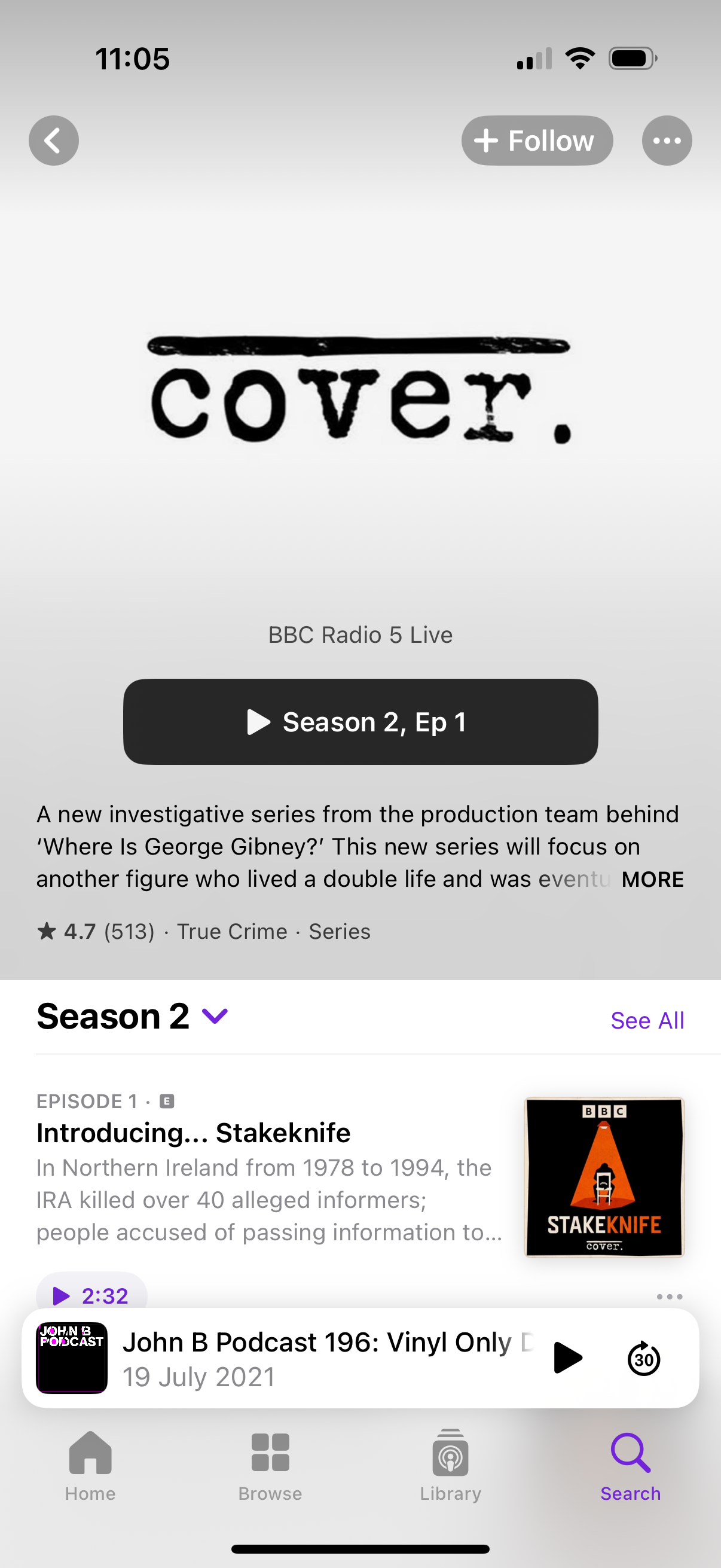

There’s a DVD rip on Usenet, it seems. 723.20 MB
alt.binaries.friends - according to usenet-crawler.com


There’s a DVD rip on Usenet, it seems. 723.20 MB
alt.binaries.friends - according to usenet-crawler.com


Find a tool to properly convert them to .m4b format. This holds the whole book incl. cover and chapter marks in one single file. You can use HE-AAC or AAC-LC which are both superior to MP3 and result in much smaller files.
Oh, of course, they will. Doesn’t mean they’d win if anyone dares to play the legal game to the end, though.
I think a big point in those cases was that the emulators came with the keys included. If you don’t provide the keys (or make them VERY easily available), emulators seem to be legal.
Have you not followed recent news?
That’s probably due to the new controllers. Can’t fit them into the Starlink holder or the Ring Fit anymore.


Does the data change a lot? Does it need to be a block-based backup (e.g. bootable)? Otherwise, you could go with rsync or restic or borg to only refresh your backup copy with the changed files. This should be far quicker than taking a complete backup of the whole SSD.
Is there any huge advantage in ForgeJo over Gitea yet?
Here’s a post that popped up on Mastodon earlier today:
https://social.coop/@eb/113804992987558055
Conclusion from the linked blog post:
But, what information is really leaving your device? There is no trust me bro element. Barring some issue being found in the math or Apple’s implementation of it, for the first time the cloud is able to act as a sort of extension to your device and your data, which is an immensely exciting proposition. Apple has managed categorise photos without knowing anything about what they contain. How cool is that.
Where are there ads in Apple Podcasts? I’ve never seen some. The season info is clearly shown wherever it’s relevant.


On the mobile website, you have to go to the menu and select “Feeds”. However, there’s no direct link to it.
What I don’t like about using the mobile browser is that FB doesn’t behave like a PWA but opens as a normal webpage instead. Which means the cookies can be used to track the other pages I visit (that use FB login or other components from FB).
I’ve setup an automatic redirect from the FB start page to:
https://www.facebook.com/?filter=all&sk=h_chr
This is the feed from followed people only - sorted by date, most recent first.
That’s the only sane way of using FB. Sadly, there doesn’t seem to be a similar option in their mobile apps.


It says the £2000 were accumulated over 10 different events. So, it’s more like £200 fine for 5 minutes - which still seems ridiculous.
I’m using News Explorer for my RSS feeds which also supports subscribing to YouTube channels. In the newer versions it even pulls the comments from YT.
The power-on hours are shown directly on the Health Info page, no need to click through to the SMART attributes.
According to my Synology:


You mean “Two printers and one CUPS”?
I’ve finally finished Saint’s Row: The Third (after having it on the device for 2+ years), couldn’t be bothered to do the DLCs. This weekend I’ll probably start Saint’s Row IV or RICO - both also bought years ago and collecting dust since.
These variable names are dynamically parsed and used for generating the smb.conf.
And if you need a way to support underscores AND spaces (which are not allowed in a variable name), you have to get creative.
I like the solution as it allows me to encode any possible configuration value (even the most obscure one) in the compose file.
It definitely is!
schlägt auf die Knie SO!